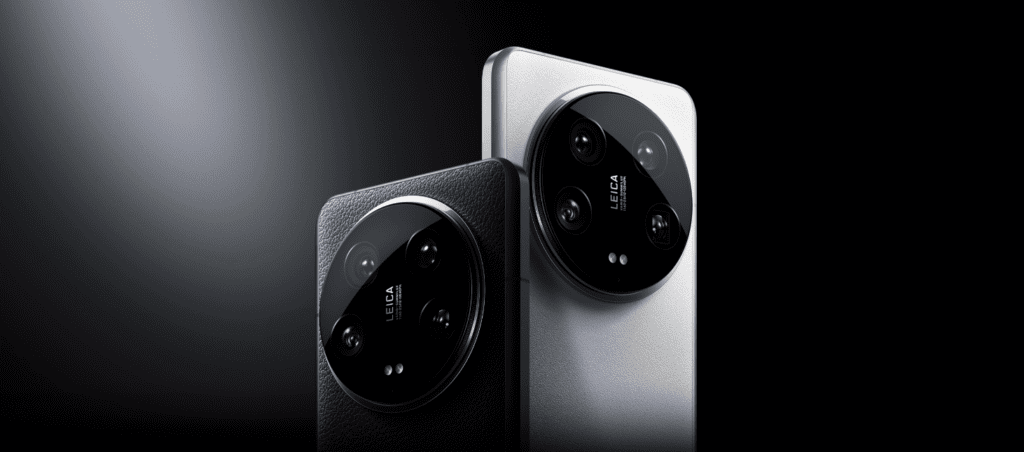The camera samples of Xiaomi 14 series, especially Xiaomi 14 Ultra, shared by the Xiaomi team over social channels are simply stunning. They ought to be like that. Getting Leica into the smartphone ecosystem is a big thing, I would say contribution from Xiaomi to the smartphone fraternity. This step is not just about bettering the smartphone photography. But in real sense getting DSLR grade photography to smartphones!

This is great. It will definitely impress some customers who will outrightly purchase it. Some will also develop an aspiration for it. But it will take some more time for the majority of the smartphone buyers to go for a tectonic recalibration of brand imagery in the minds and spend 4-5 times more than what they have been spending on the brand so far. It has to be a big leap of faith for customers, even the ones who have been with the brand for 5 years plus.
The customer acceptance has been at par for Xiaomi in the premium and ultra-premium segments with verified customers rating it in similar range as the customers for Redmi smartphones, which is the strong hold of their portfolio. So, the customers who have purchased Xiaomi smartphones have equivalently liked them as their counterparts using a Redmi smartphone. However, the volumes of course differ which is on expected lines as the velocity of users using Redmi is far more than those using Xiaomi.
The customer acceptance analysis of Xiaomi shows us that its portfolio is equally liked and enjoyed by the users and Xiaomi as a smartphone company is not only good in low to mid-range of smartphones.
Xiaomi 14 series should also perform good in terms of customer acceptance. With its Leica powered camera setup, it should not only result in an extremely pro experience for Xiaomi users, but take the entire smartphone photography to next levels, which I am sure other smartphone OEMs will also follow. There is already OnePlus-Hasselblad and Vivo-Zeiss collaboration attempting the same. This is also a fact that the best of the cameras in Android, Samsung and Google don’t have any such collaborations!
Whatever the case may be, there is a fundamental challenge with this bold attempt of premium positioning by Xiaomi. First and foremost, as we go up in the price segments, it is not just about a single thing that the customers like. It’s not only about camera, or battery or performance. Its about a holistic experience. Customers in this segment may not be frequent photographers, but whenever they would like to capture a moment, they would want the best of it. Similarly, for other features as well. This is exactly what works best for Apple in the non-android segment. Samsung has also understood need of this segment and always positions it S series smartphones as allrounders. Among other brands, vivo has been trying its best to get a recognition in the ultra-premium or luxe segment through X series. The result has so far been sub-optimal. OnePlus has also been trying to create an ultra-premium imagery leveraging photography. But we all know its camera is not among the best in the segment. Although, OnePlus 12 has a better camera.
In a recent blog, we had shared the new value hierarchy of smartphones. AI stands on top of all. A smartphone in the ultra-premium category without AI features will neither yield value to customers nor the brand. Google, attempting to have a pie through Pixel smartphones has already implemented AI features in their smartphones. Samsung joined them this year, which is in essence the first AI smartphone. With a smartphone in the ultra-premium (luxe) category without AI, its going to be a tough sell. Like Vivo for X series, Xiaomi is likely to face similar challenge for its 14 series.
Now the positioning for Xiaomi 14, especially 14 Ultra could be that it’s for photography experts as well as enthusiasts who no longer would require a separate professional camera, DSLR. We have also seen how customers are not willing to buy niche / specific feature smartphones, especially when the price goes beyond ₹50,0000. Oppo’s Reno series is a great example for this argument. It focusses on portrait photography, again a very niche application area. The point here is that niche / specific use cases don’t help in selling beyond a ₹50,000. In that case, a user who can afford that much of money and is an enthusiast or a professional, prefers to buy a specialised gadget, in this case a DSLR camera. Even Vivo has its very stable gimbal in some of its smartphones, but adventurers still prefer GoPro cameras.
Xiaomi has a great strength. It has a very huge active user base. Its user base is also engaging and loves to create and share content. With over 200 million active users being served by the smartphone company under different brands in India, it could become a hero AI enabler. Leveraging the understanding of these many customers, and the data and patterns they have been churning for over 5 years and more, it’s a gold mine for AI implementation.
While photography can be one of the KSPs for Xiaomi flagship series, right now Xiaomi 14, it should focus and become the champion of AI playing to its strengths. It can definitely collaborate with an existing AI player, giving them very huge volumes to scale up too. That would be a win-win.
Right now, in the ultra-premium or luxe segment, we have Apple which is a solo brand in its territory. The other segment of users who want to be in the luxe segment but remain in Android have Samsung, OnePlus as recognizable alternatives and Google is also catching hold. Vivo and OPPO have been trying for some time now to get some attention. They have been using camera as the anchor to get an entry in the segment. Now its Xiaomi too. This is offering too much beyond the capacity. Also does not go with the way tech is unfolding with AI. AI is for augmenting and enhancing the imperfect data and output and not only about creating data and content. With AI even the average hardware should do wonders. You don’t necessarily require the best of the hardware. If hardware will do everything, where will AI add its intelligence?





